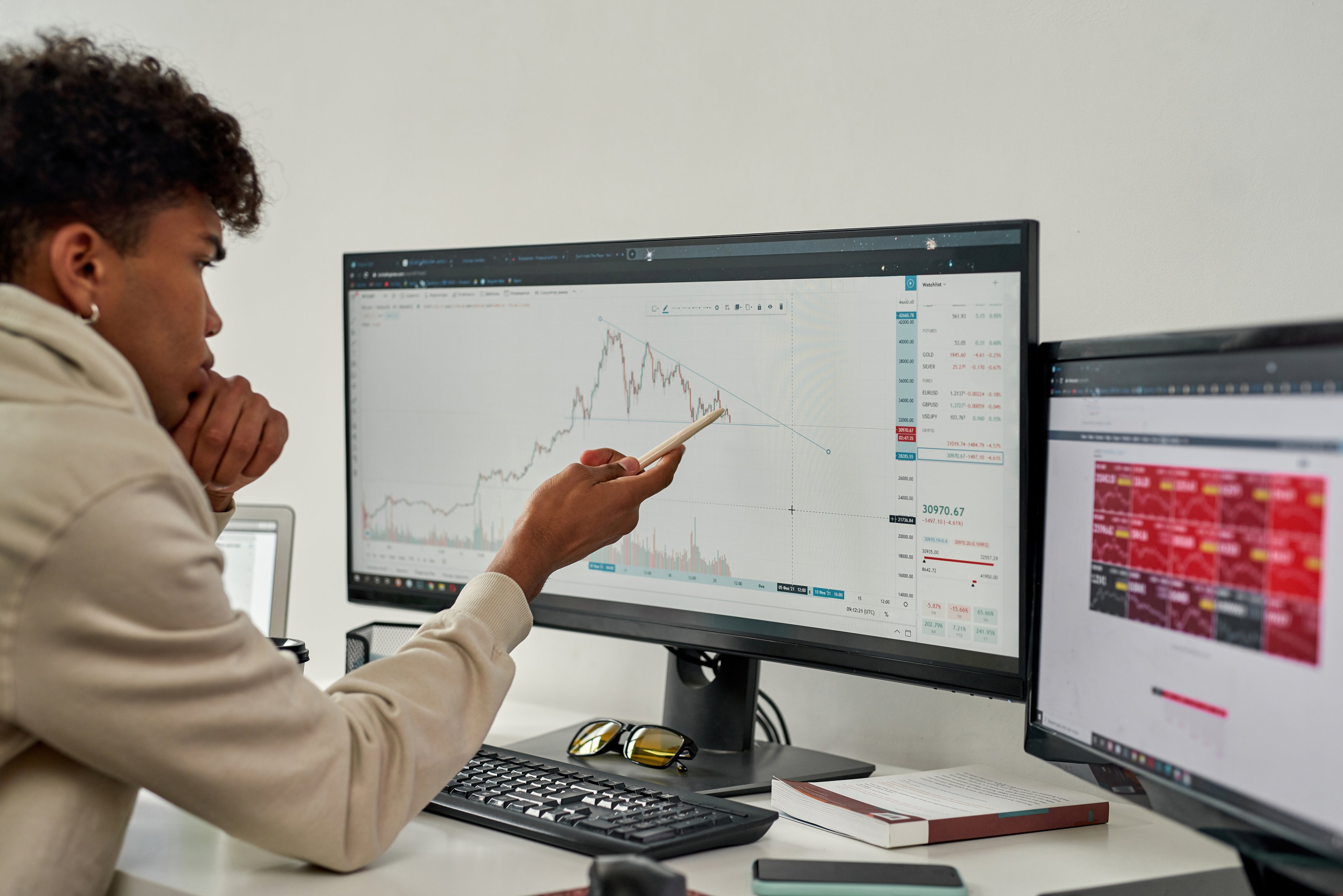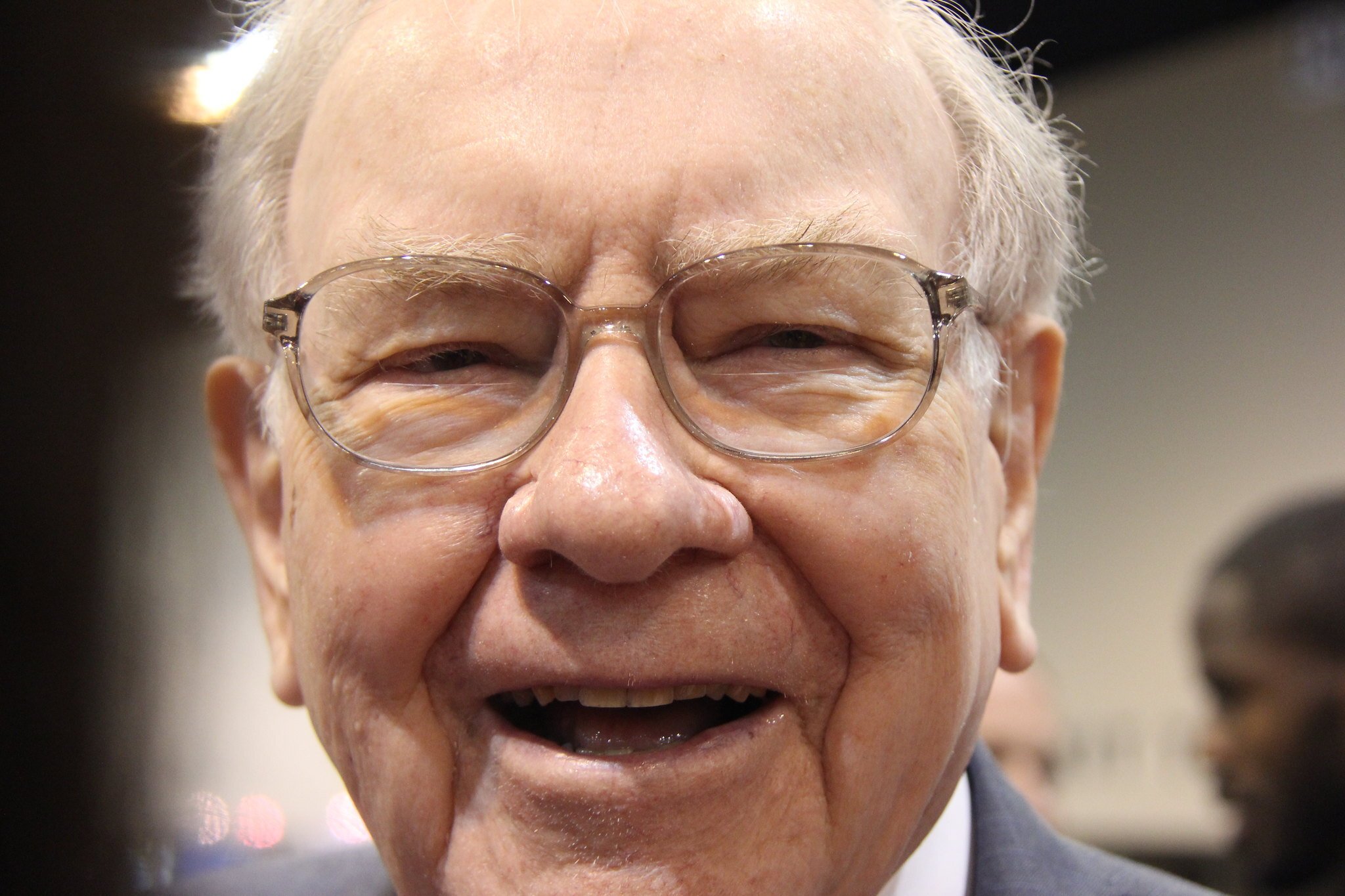Some 51 years ago, Berkshire Hathaway (BRK.A 1.34%)(BRK.B 1.26%) CEO Warren Buffett held his company's first annual shareholder meeting in the cafeteria of a subsidiary and drew a few dozen people. A little over week ago, Berkshire lured in the neighborhood of 40,000 investors to Omaha, Nebraska, for its latest annual gathering.
People flock to this annual meeting to listen to the "Oracle of Omaha" speak about his investing philosophy, the U.S. economy, and select stocks held by Berkshire.
While these annual meetings consistently offer a cheery tone and speak to Warren Buffett's and the late Charlie Munger's long-term investing ethos, Berkshire Hathaway's 2024 meeting was overshadowed by a very large number that offers a subtle warning Wall Street would be foolish (with a small "f") to ignore.

Berkshire Hathaway CEO Warren Buffett. Image source: The Motley Fool.
Warren Buffett continues to be a net-seller of stocks
Although we won't get a precise look at Berkshire Hathaway's more than $360 billion investment portfolio until the company files its Form 13F with the Securities and Exchange Commission this Wednesday, May 15, the company's operating results speak volumes about what Buffett and his top investment aides, Todd Combs and Ted Weschler, have been up to.
During the March-ended quarter, the Oracle of Omaha and his team sold close to $20 billion in equity securities while purchasing less than $2.7 billion. This marked the sixth consecutive quarter that Berkshire Hathaway was a net-seller of stocks. All told, net-selling activity has reached $56 billion since Oct. 1, 2022.
A significant percentage of the close to $20 billion in equity security sales during the first quarter relates to the disposal of around 115 million shares of tech stock Apple (AAPL +0.17%), which is still far-and-away the largest holding in Berkshire's investment portfolio.
During his annual Q&A with investors, Warren Buffett suggested that tax reasons were behind the hefty reduction in its Apple stake. The Oracle noted that while the peak marginal corporate income tax rate is currently 21%, fiscal policy changes are liable to increase this figure in the future. Locking in gains at a lower tax rate is something that he believes Berkshire's shareholders will come to appreciate.

NYSE: BRK.B
Key Data Points
Berkshire Hathaway's cash pile is swelling, and that's historically worrisome
However, the bigger story is that Berkshire's cash pile, which includes cash, cash equivalents, and Treasury bills, surged to $189 billion, as of the end of March, from $167.6 billion to close out 2023. In fact, Warren Buffett opined during the annual shareholder meeting that his company's war chest could hit the psychological $200 billion mark when the current quarter ends.
Having a lot of capital on hand is normally viewed as a positive by Wall Street and investors. But that's not the case for an investing great like Warren Buffett, who for nearly six decades has run circles around Wall Street's benchmark S&P 500 (^GSPC +0.88%) index by putting his company's cash to work via investments and acquisitions -- Berkshire owns approximately five dozen businesses, including railroad BNSF and insurer GEICO.
During Berkshire's annual meetings, as well as in Buffett's annual letter to shareholders, the Oracle almost always strikes a positive tone on the U.S. economy and long-term investing. However, Berkshire's ongoing cash build makes it plainly evident that Buffett and his team aren't seeing much in the way of value.
Berkshire Hathaway's greatest investment minds are focused on buying stakes in wonderful companies at a "fair" price. At the moment, the S&P 500 is exceptionally pricey.
S&P 500 Shiller CAPE Ratio data by YCharts.
When the closing bell rang on May 7, the S&P 500's Shiller price-to-earnings (P/E) ratio (also known as the cyclically adjusted price-to-earnings ratio, or CAPE ratio) clocked in at 33.95. The Shiller P/E ratio is based on average inflation-adjusted earnings over the previous 10 years, which means it smooths out the impact of one-off events, such as the COVID-19 pandemic, over time.
Not only is the current reading nearly double the average multiple for this valuation tool when back-tested to 1871, but it marks the third-highest readout during a bull market. in plainer terms, stocks are really pricey right now.
The five previous instances where the Shiller P/E ratio surpassed 30 during a bull market eventually resulted in the S&P 500 and/or Dow Jones Industrial Average losing between 20% and 89% of their value. We may not know ahead of time when these downturns will take shape, but a Shiller P/E ratio surpassing 30 has historically been a clear warning sign that a correction awaits Wall Street.
Perhaps not coincidentally, we also witnessed Berkshire's cash hoard substantially grow just prior to the bursting of the dot-com bubble, the housing crisis in 2007, and the bear market of 2022.

Image source: Getty Images.
This isn't Warren Buffett's first rodeo -- trust the process
In addition to Warren Buffett subtly warning with his company's growing cash pile that the stock market may be trading at an irrational valuation, we've witnessed the first notable drop in U.S. M2 money supply since the Great Depression. All signs would appear to point to downside in the U.S. economy and/or stock market in the not-too-distant future.
While this may not be what you want to hear as an investor, keep in mind that this isn't Warren Buffett's first rodeo. He's successfully steered Berkshire Hathaway through a number of recessions, geopolitical concerns, and stock market corrections/bear markets during his nearly six decades at the helm. His company has emerged stronger following each and every one of these events.
It can be argued that Warren Buffett's greatest strength is putting his company's capital to work during periods of historic fear and uncertainty.
For instance, Buffett's company was instrumental in helping Bank of America rebuild confidence in its stock. Berkshire acquired $5 billion in BofA's preferred stock to shore up its capital reserves during the 2011 debt-ceiling crisis. This position, which also came with warrants to purchase up to 700 million shares of Bank of America common stock at $7.14, has made Berkshire a handsome profit.
Buffett, Combs, and Weschler also fully understand the difference between short-term instability and long-term expansion. Only three out of 12 U.S. recessions since the end of World War II reached the 12-month mark, and none of the remaining three surpassed 18 months in duration. Comparatively, most periods of economic expansion have stuck around for multiple years, with two periods of growth topping 10 years.
It's official. A new bull market is confirmed.
-- Bespoke (@bespokeinvest) June 8, 2023
The S&P 500 is now up 20% from its 10/12/22 closing low. The prior bear market saw the index fall 25.4% over 282 days.
Read more at https://t.co/H4p1RcpfIn. pic.twitter.com/tnRz1wdonp
This same disparity between optimism and skepticism can be seen in the stock market.
Last June, the researchers at Bespoke Investment Group released a data set that exhaustively calculated the length of every bear and bull market in the S&P 500 since the Great Depression began in September 1929. Whereas the average S&P 500 bear market has lasted just 286 calendar days (around 9.5 months), the typical S&P 500 bull market has endured 1,011 calendar days (roughly two years, nine months) over a 94-year stretch.
Even though Buffett's short-term actions sometimes fail to line up with his long-term vision, he still firmly believes in America and the U.S. stock market -- and you should, too.









